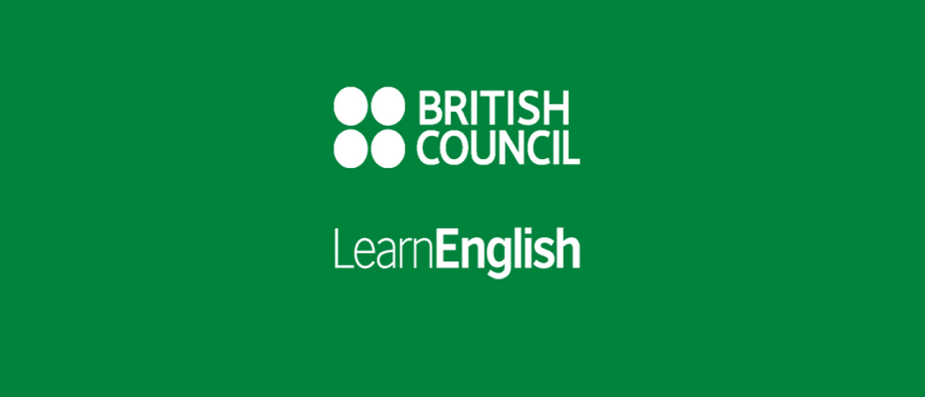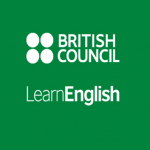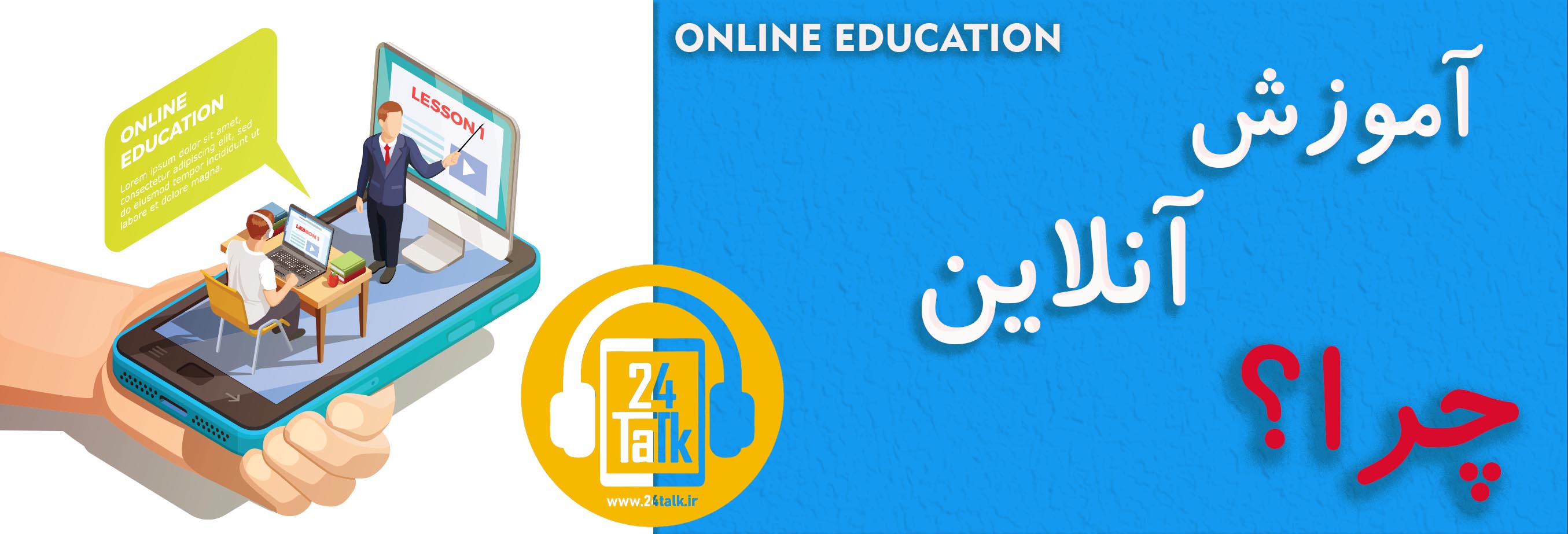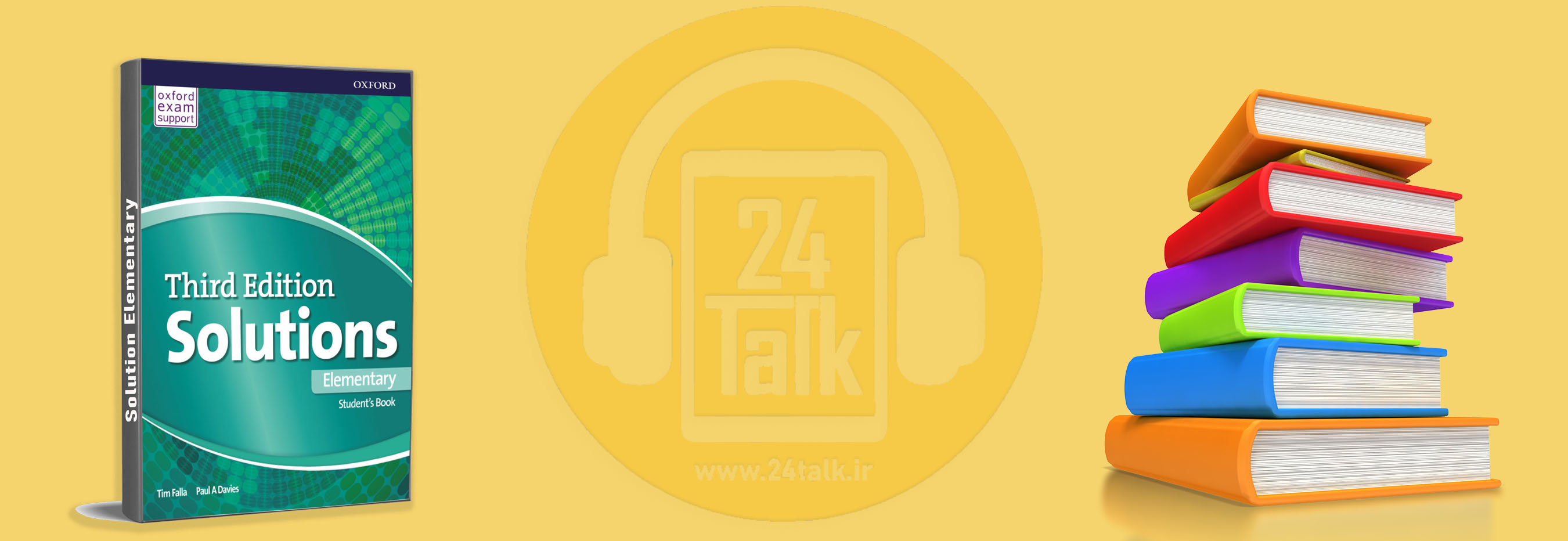پادکست British Council سطح A2 شماره 5
پادکست British Council سطح A2 شماره 5: Facts and figures
با پنجمین قسمت از پادکست British Council سطح A2 (پایه – Pre-intermediate) همراه شما هستیم.
گوش دادن به این پادکست ها به تقویت مهارت listening ات کمک زیادی میکنه، پس اگه سطحت Pre-intermediate ئه و دوست داری این مهارت خیلی مهم رو از همون قدم های اول یادگیری زبان تقویت کنی، این پادکست رو از دست نده!
قبل از گوش دادن به پادکست، تمرین آمادگی زیر را انجام بده. بعد به پادکست گوش کن و تمرین های آخر مطلب را با توجه به محتوای پادکست انجام بده.
تمرین آمادگی
کلمات داخل پرانتز را د رگروه مناسب قرار بده: (جواب تمرین در انتهای صفحه)
(kilometres, to cross, canal, goods, trade, ship,waterway, ocean, commercial)
| سفر و حمل و نقل – Travel and transport | اقتصاد و صنعت – Economy and industry | آب – Water |
حالا به پادکست گوش کن. در این قسمت قراره بخشی از یک لکچر درمورد کانال پاناما بشنوی. با گوش دادن به پادکست هم می تونی مهارت شنیداریت رو تقویت کنی و هم کلی عبارت و کلمه ی کاربردی یاد بگیری.
British Council – Pre-intermediate: Facts and figures
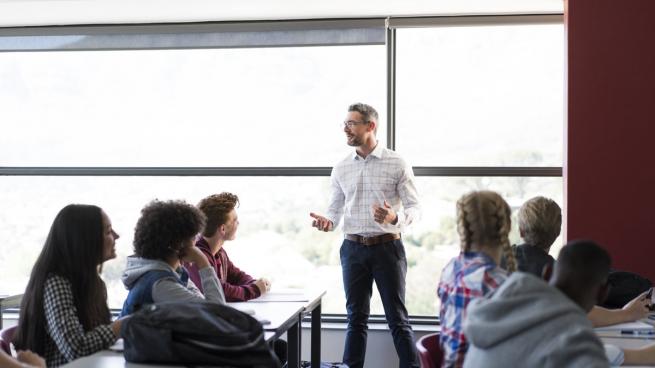
متن پادکست:
… and the next part of this talk is on the Panama Canal. It’s amazing how this one small section of a small country can be so important to the world. Let’s learn a little bit about the canal itself, before we look at how it connects to everything else.
The Panama Canal is an artificial waterway in the Central American country of Panama that connects the Atlantic and Pacific Ocean. It is only 82 kilometres long. If you go around South America by ship then you need to travel another 15,000 kilometres. So the canal saves a lot of travel time. It takes around 8 to 10 hours to cross the canal.
The French started building the canal in 1881, but they couldn’t finish it. The project was started again in 1904 by the United States and the canal was finally finished in 1914. Many people died while they were building the canal, some say up to 25,000. For the rest of the 20th century, the United States controlled the canal, but gave control back to Panama in 2000.
Every year, around 40,000 ships come through the canal. These are mostly commercial ships. They transport goods for trade between Asia and America, or Europe. In 2016 the government of Panama made the canal bigger, so that now 99 per cent of ships can pass through it.
Let’s now turn to the role of the Panama Canal in the global economy …
حالا به سوالات زیر جواب بده:
تسک 1:
موضوعات زیر را به ترتیبی که در پادکست مطرح شد مرتب کن :
1)………….History of the construction of the canal
2) …………Length of the Panama Canal
3)…………. How many ships cross the Panama Canal
4) …………Who controls the Panama Canal
تسک 2
جمله های زیر را با اعداد مناسب کامل کن:
(99 , 1881 , 8-10 , 2000 , 2 , 40,000 , 82 , 25,000 , 1914 , 15,000 )
1) The Panama Canal connects ……………………………… oceans.
2) . It is ……………………………… kilometres long.
3) It is ……………………………… kilometres to travel around South America
4)It takes ……………………………… hours to cross the canal.
5)The canal was started in ……………………………… .
6)It was finished in ……………………………… .
7) Almost ……………………………… people died while they were building the canal.
8)The control of the canal returned to Panama in ……………………………… .
9)Every year, about ……………………………… ships come through the canal.
10). Now the canal is bigger, and ……………………………… per cent of ships can pass through it.
جواب ها
| Travel and transport | Economy and industry | Water |
| kilometres | commercial | canal |
| to cross | trade | waterway |
| ship | goods | ocean |
تسک 1
1) 2
2) 1
3) 4
4) 3
تسک 2
1) 2
2) 82
3) 15,000
4) 8 to 10
5) 1881
6) 1914
7)25,000
8)2000
9)40,000
10)99
امیدوارم از پادکست British Council سطح A2 شماره 5 لذت برده باشید. برای دسترسی به قسمت های دیگر این پادکست می توانید از صفحه ی پادکست British Council آکادمی مجازی آموزش زبان 24talk دیدن کنید.
همچنین برای گوش دادن به پادکست های BBC می توانید به صفحه ی پادکست 6 دقیقه انگلیسی (BBC) آکادمی مجازی آموزش زبان 24talk مراجعه کنید.

